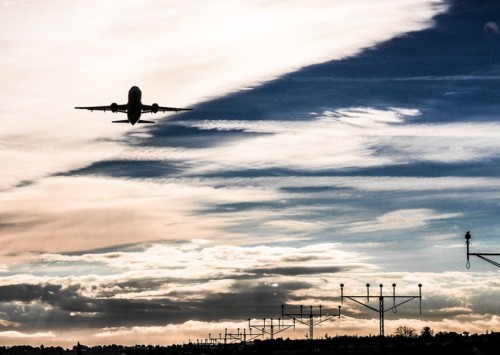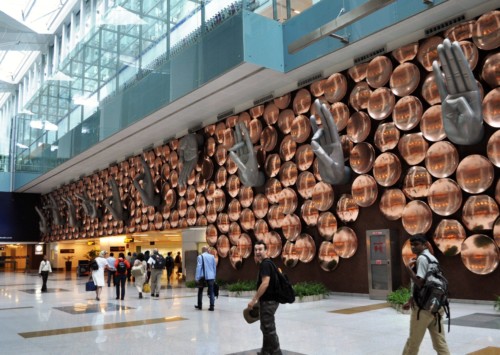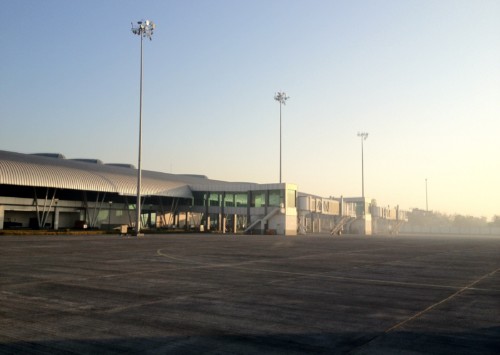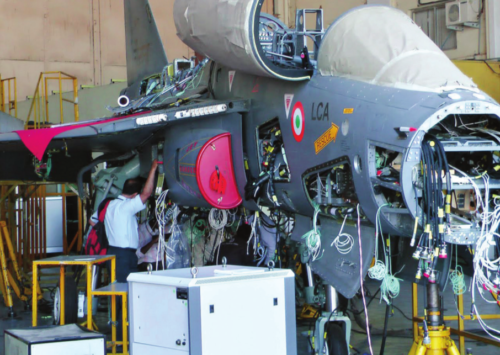IATA: Indian aviation sector to go beyond UK by 2026
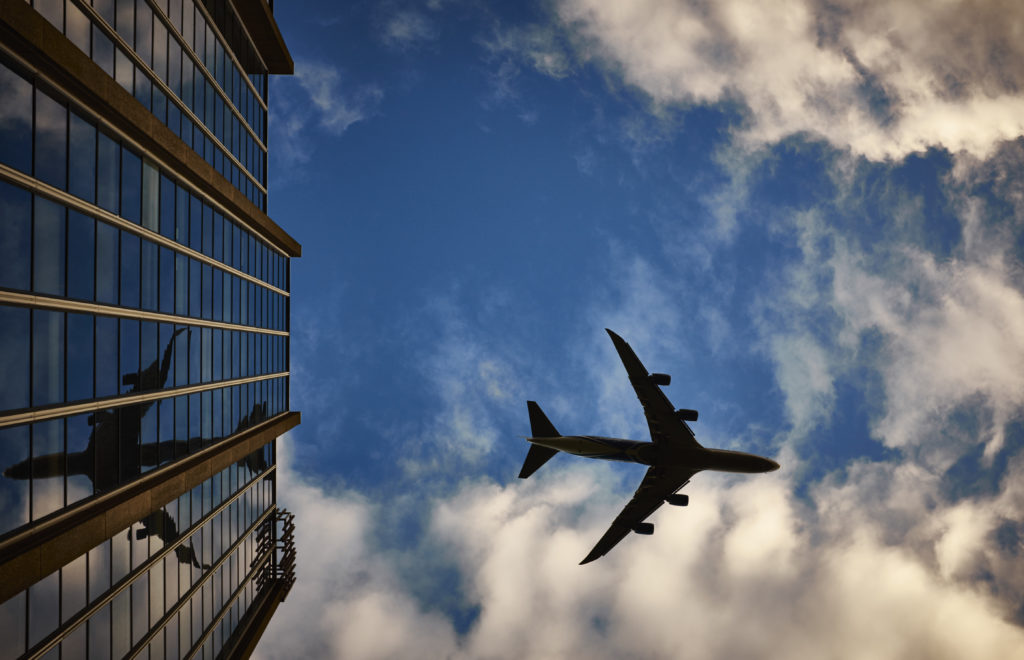
India’s new civil aviation policy should cater to the high demand
The aviation industry in India is poised to overtake the United Kingdom to become the third largest in the world in the next ten years, IATA predicted in a recent study.
The International Air Transport Association (IATA) foresees passenger demand in the global airline industry doubling by 2035. IATA released its latest report, ‘20-Year Air Passenger Forecast’, where it expects 7.2 billion passengers to travel in the next 20 years, based on a 3.7 pc Compound Average Growth Rate (CAGR).
“People want to fly. Demand for air travel over the next two decades is set to double. Enabling people and nations to trade, explore, and share the benefits of innovation and economic prosperity makes our world a better place,” said Alexandre de Juniac, IATA’s Director General and CEO.
More Asians flying
The Asia-Pacific region is expected to continue its growth and be the biggest driver of demand along with the Middle East aviation sector. While China will replace the US as the largest aviation sector by 2029, India is set to take the third position over the UK in the next 10 years. The developing markets such as Indonesia enters the top-ten list at the cost of Italy, showing a eastward shift and challenges such as increased protectionism which can be neutralised gradually. It is evident over the past decade as the share of air passengers from the developing countries has risen from 24 pc to 40 pc and is well placed to continue the surge.
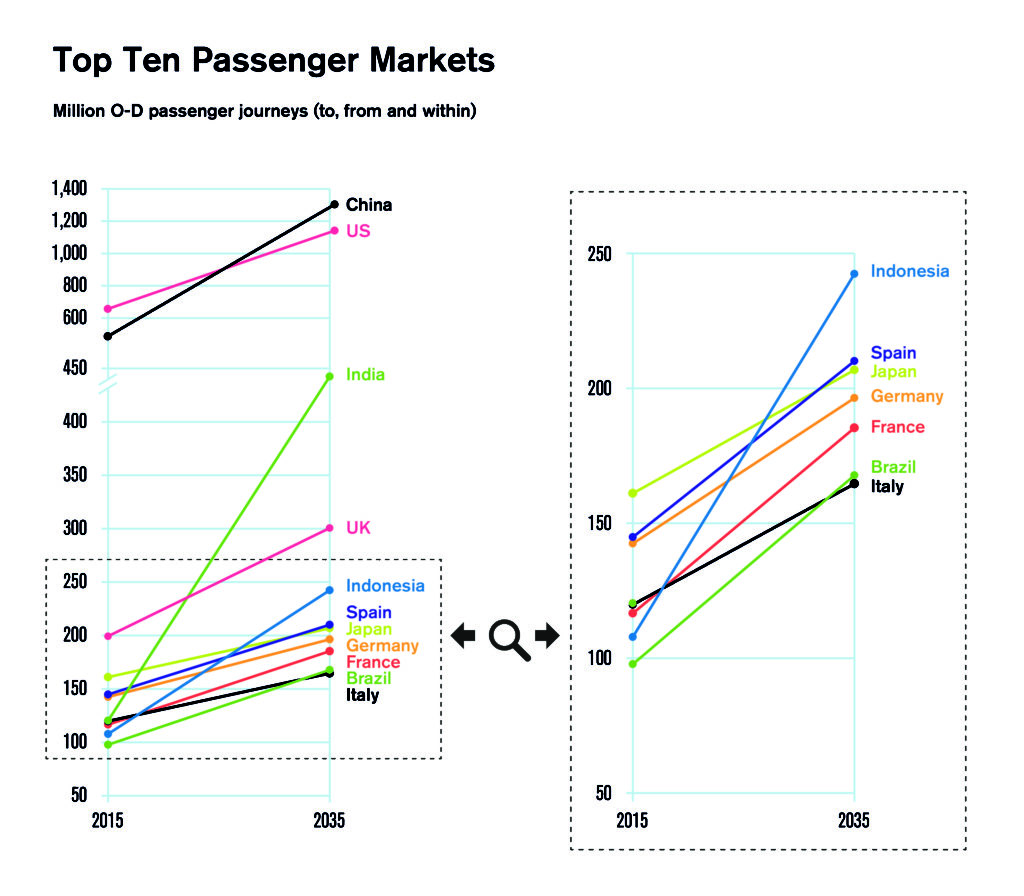
The graph shows the top ten aviation markets in the world in terms of demand; source IATA
Additionally, IATA predicts that Europe will have the slowest growth rate of 2.5 pc but will still add 570 million passengers every year. The growth rate of the Asia Pacific region with a 4.7 pc annual expansion is the second highest behind the Middle East region. By 2035, there will be an extra 1.8 billion annual passengers flying from the Asia Pacific region.
India’s biggest challenge –new airports
Challenges and risks in this 20-year forecast keep India in a very sensitive zone. The central scenario of doubling passenger numbers by 2035 is all depending on the present scene of trade liberalisation. However, if the trade policies open up, air travel demand can even triple the 2015 level. On the other hand, if business norms are further complicated the growth could fizz to around 2.5 pc.
“Economic growth is the only durable solution for the world’s current economic woes. Yet, we see governments raising barriers to trade rather than making it easier. If this continues in the long-term, it will mean slower growth and the world will be poorer for it. For aviation, the protectionist scenario could see growth slowing to as low as 2.5 pc annually. Not only will that mean fewer new aviation jobs, it will mean that instead of 7.2 billion travellers in 2035, we will have 5.8 billion. The economic impact of that will be broad and hard-felt,” said de Juniac.
India is already dealing with overcrowded airports in Mumbai and New Delhi. While the aviation ministry is looking at revamping existing airports and restarting the closed air strips in the country, the country should also adhere to the sustainable means to cater the increasing demand.
Demand for air travel over the next two decades is set to double to 7.2 bn passengers in 2035. Read more: https://t.co/Po08McGtyJ pic.twitter.com/VlK52uhWhO
— IATA (@IATA) October 18, 2016
Convalescing connectivity
Regional connectivity as well as global connectivity to the tier-2 and tier-3 cities in India remains prime challenges for the Ministry of Civil Aviation in India. The states in India have to play a key role in this accord in terms of the selection of airports where new operations could be done.
The Ministry of Civil Aviation had earlier released the draft, Regional Air Connectivity Scheme (RCS), for stakeholder consultation, with the twin objectives of promoting balanced regional growth and making flying affordable for the masses. The RCS is the key component of the National Civil Aviation Policy which was released by the ministry on June 15, 2016.

